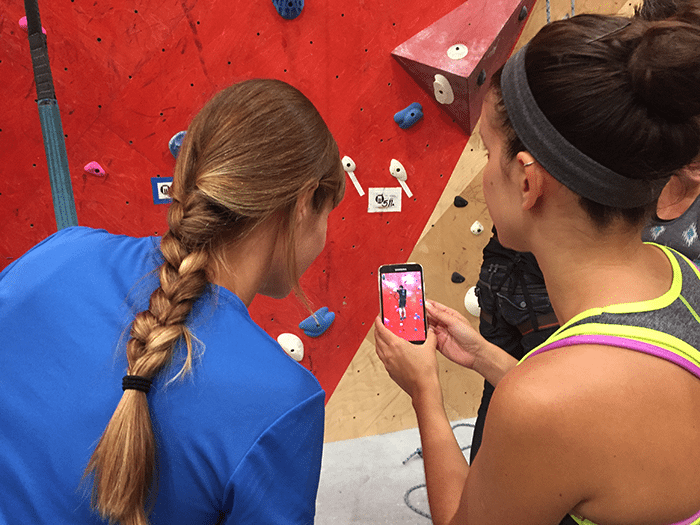Five Ways You’re Sabotaging Your Workout
If you’re motivated enough to get yourself up and out to the gym, you’ve accomplished the first and hardest step. But showing up isn’t the only step.
There are numerous bad habits that reduce the effectiveness of your workout. While some of these have to do with distractions, others result from a lack of preparedness. Either way, both result in diminished intensity and less than desired outcomes. The good news is, all of these bad practices can be easily corrected.
The five points below detail some of the most common bad workout habits.
1. Texting or checking social media. Using your phone during a workout is probably something we are all guilty of, at least once in a while. However, this common practice can significantly reduce the quality of your workout. First of all, running on the treadmill and texting is never a safe idea. Second, if you’re slowing down the activity you’re engaged in to check your Instagram feed or respond to texts, you’re diverting your attention from the exercise to something else. Focus is key to maintaining a high intensity workout, as well as to ensuring your safety.
To avoid the temptation of distraction, turn you phone on airplane mode for the duration of your workout. The short respite from digital connectivity will benefit you.
2. Rest periods that are too long. The harder your workout, the more inclined you might feel to take long breaks. However, if you wait too long between sets or different activities you’re actually doing yourself a disservice. While lowering and raising your heart rate throughout a workout helps you burn more fat, spending too long resting can make you tired and lead to you quitting sooner.
The optimal amount of rest depends on how strenuous your workout it, according to Men’s Fitness. For instance, when weight lifting, if your goal is building muscular endurance, the ideal rest time is just 30 to 45 seconds between sets. However, if you’re power lifting, you may need three to five minutes of rest.
Keep in mind that shorter, more intense workouts are more effective than longer, lazier ones. To ensure you don’t overdo it on the resting, set a timer to keep you on track.
3. Focusing only on strengths, not weaknesses. While everyone feels more confident in some aspects of their workout than others, this doesn’t mean less attention should be paid to areas in need of improvement. Know your weaknesses and focus on getting better.
In many ways, this notion is directly related to your goals. If you want to run in a race, you can’t stop at the first signs of tiring when you’re training, you have to learn to push yourself farther, little by little. If your goal is to build muscle, lift heavy weights where you’re strong, but target weaker muscle groups, too. If you want to become an expert yogi, acknowledge where you need to build flexibility and strength, and practice in those areas.
At the same time, however, it’s crucial to know your limits. Never push yourself to the point of injury, and listen to pain signals your body tells you.
4. Inadequate food and water intake. There are conflicting studies on whether or not you burn more calories on an empty stomach.
Jillian Michaels, personal trainer, TV personality and author, said she sides with the camp that says you should fuel your body before exercise. “Your body needs some glucose (blood sugar) for fuel in addition to what it can use from fat stores when you’re working out. If you don’t have any blood sugar available, your body can eat it’s own muscle tissue to get glycogen for fuel once it runs out of available blood sugar or glycogen stores. Low blood sugar will also make you tired and sluggish — and maybe even dizzy — during your training session,” Michaels wrote on her website.
Each individual has different requirements for fuel. Some can hop out of bed at 5 a.m. for a run, while others don’t feel nourished enough to exercise until afternoon. It’s important to identify how much you need to eat and drink before a workout to avoid feeling sick. Michael recommends eating and drinking water 45 minutes to an hour ahead of a workout.
5. Repeating the same routine every time. No matter how fun and exciting a workout is at first, you’ll undoubtedly eventually tire of it. Not only will you begin to enjoy exercise less, but the routine will actually stop being as effective. According Michaels, your body adapts to your workouts, so if you don’t constantly change it up, you’re essentially cheating yourself from opportunities to increase your fitness level.
She suggests changing your exercise routine at least every two weeks. This can include the type of exercise, the amount of sets, reps and weights you are lifting. Adding in a variety of group fitness classes, such as barre, yoga, spinning, kettlebells and others are a fun way to switch up your workout and meet new people.













